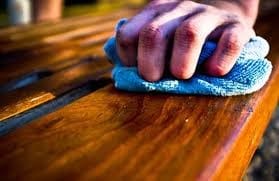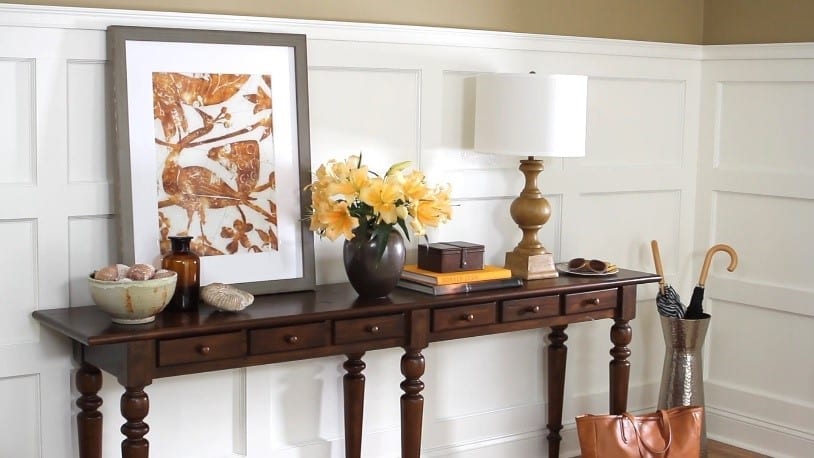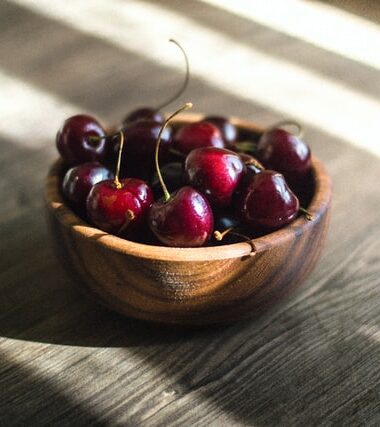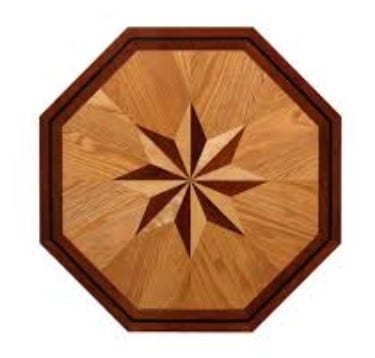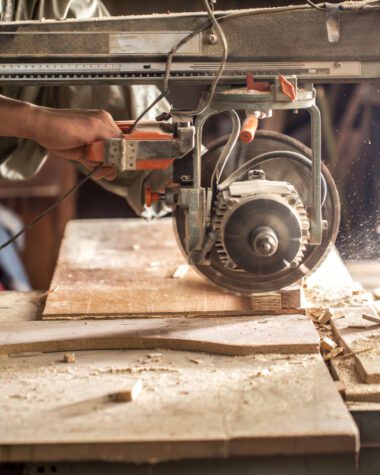Woodworkers and hobbyists use some kind of distressing technique to age wood. There is a kind of amazing feel that distressed furniture gives. From cabinets to desks, tables to chairs, you will find distressed furniture stylish, fun and interesting.
You don’t have to be an expert to distress wood. Here is a most common way to distress painted wood: using sandpaper.
Distressing wood 101
Distressing painted wood is easy when you have the right tools. Sanding using sandpaper is one of the most popular ways to age wood. Sanding is easy to do and sandpaper in different grits is available in all hardware stores and hobby shops. Here is a guide to help you distress wood with sandpaper.
Things you will need
- Wood furniture you will be working on
- Hammer
- 2 ½” angled brush
- Light-colored paint
- Top coat
- 220- grit fine sandpaper
- Paste wax or polyurethane
- Clean soft rags
Steps on how to distress painted wood with sandpaper
1) Aging wood
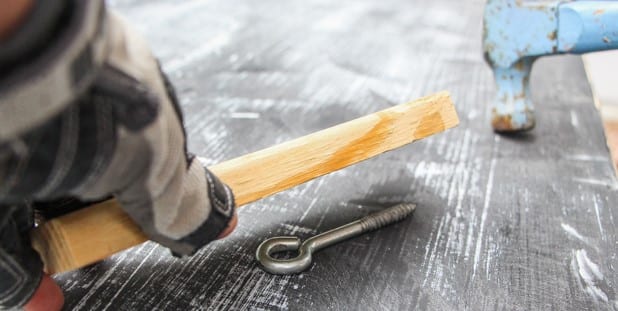
Source: https://www.thinkingcloset.com/2015/08/28/the-beginners-guide-to-distressing-with-annie-sloan-chalk-paint/
Everyone has had aging wooden furniture at some point in time and this kind of furniture does not look brand new. You might see dents here, fading paint there and scratches all over. Aging wood is giving the wood the distressed treatment using the following steps:
Use a hammer to hit the corners and edges of the furniture. The edges and the corners are usually the ones that are affected by traffic or daily use. You can also take a heavy object like a hammer and drop it from a height to create some dents, gouges, and marks on furniture to age it.
To create scratches and scrapes, use the claw end of the hammer and drag it along the surface of a table or the top of a shelf. For softwoods like pine, you can easily inflict imperfections but for hardwoods like cherry or oak then you may need more force.
2) Add the first coat of paint

Source: https://www.thinkingcloset.com/2015/08/28/the-beginners-guide-to-distressing-with-annie-sloan-chalk-paint/
After you are satisfied with the aged look of your wooden furniture, it’s time to apply paint. Use a lighter color as the first coat. You can use white paint and just slap it down with a 2 1/2″ angle brush.
You don’t need to completely paint the entire piece because you are going to paint over this coat on the next step. Don’t forget to apply paint on the legs of your table or chair.
Do not put glossy paint because the overall effect you want is aged and not looking brand new. You may add an additional layer of paint if you want. You may also stain the wood before applying the white coat.
3) Add the second layer of paint

Source: https://www.thinkingcloset.com/2015/08/28/the-beginners-guide-to-distressing-with-annie-sloan-chalk-paint/
The second layer of paint is the layer you will be working on with sandpaper. As soon as your first coat is dry, you may now proceed with the second layer.
Wait for the first coat of paint to dry. Afterwards, add the second coat with a new, darker color. This color will also be the main color of your furniture. Work on the white areas you just painted.
Make sure to fill in the spots where you can still see bare wood. Leave some of the white paint exposed. This must show through as if the top layer has naturally worn off through the years.
4) Sanding and distressing
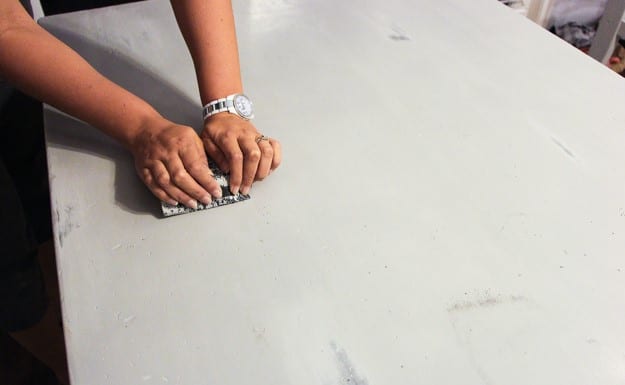
Source: https://www.thinkingcloset.com/2015/08/28/the-beginners-guide-to-distressing-with-annie-sloan-chalk-paint/
Completely dry the second coat of paint. Use a 220 grit fine sandpaper to scratch the surface of the whole piece of furniture and to sand out the shine from the glossy paint. Pay close attention to the furniture edges. Rub these with sandpaper to expose the white paint.
Then, we went around the edges and quickly rubbed them with the fine sandpaper to expose the white paint and the raw wood. Vary the amount of sanding you do in spots since naturally, not all edges wear evenly. You don’t want a perfectly straight or even wear along the edges.
5) Finishing your work
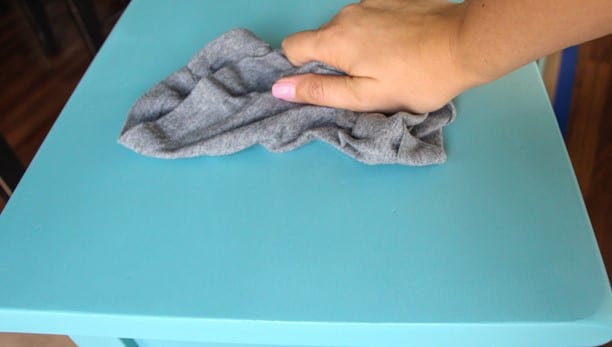
Source: https://www.thinkingcloset.com/2015/08/28/the-beginners-guide-to-distressing-with-annie-sloan-chalk-paint/
Once you have achieved the distressed look you want, wipe the whole piece down with a clean dry cloth in an effort to remove excess dust brought about by the sandpaper. Finish this with a coat of paste wax or low-sheen polyurethane. Or you can skip this step totally.
Conclusion
Distressing painted wood using sandpaper is a very common way to age wooden furniture. It is easy to use and the results are remarkable. You can use other distressing techniques to create a completely new look on wooden furniture.

